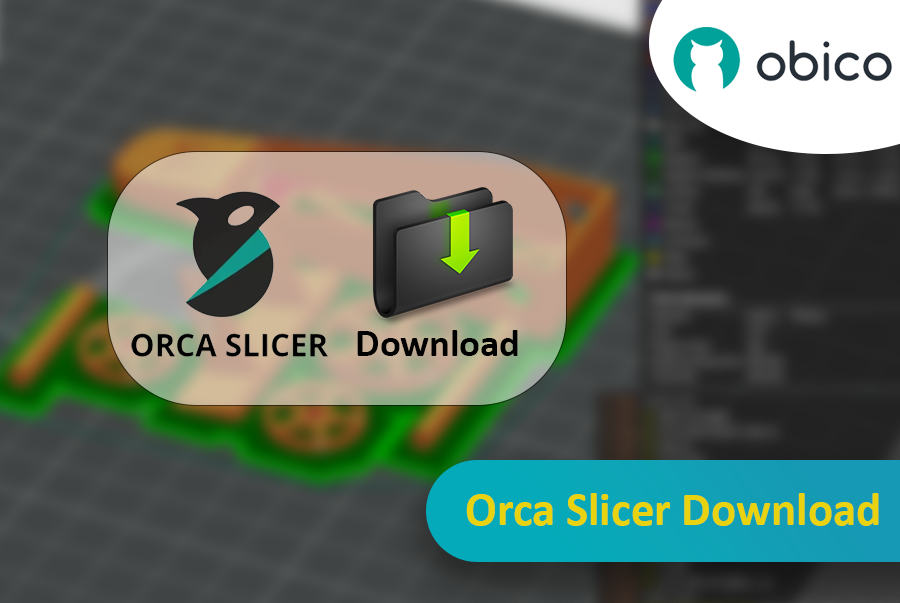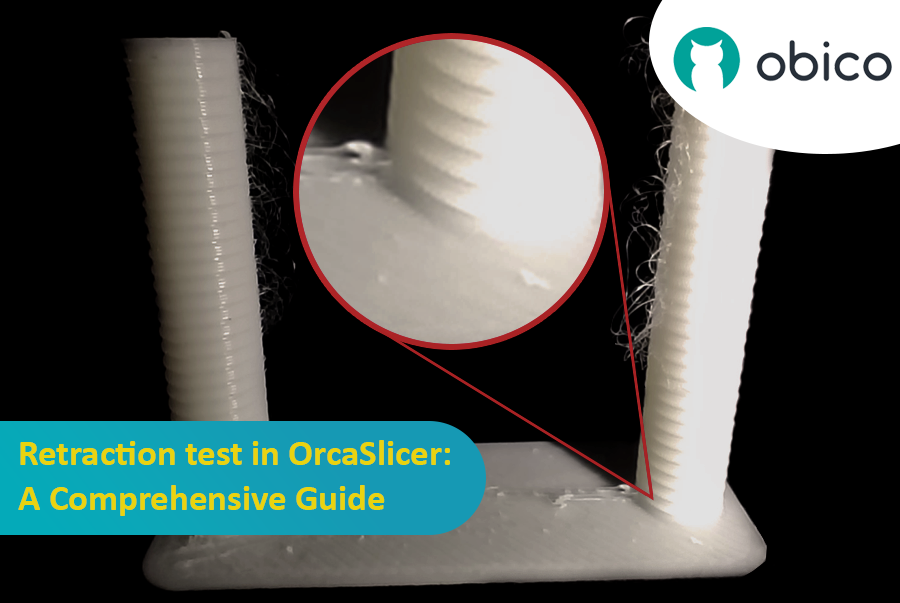Try JusPrin, the first GenAI 3D printing tool built on OrcaSlicer.
Jeśli interesuje Cię druk 3D, musiałeś używać Cura lub PrusaSlicer do cięcia modeli. Te narzędzia są niezbędne do konwersji dowolnego modelu 3D na kod G, który zawiera instrukcje, które Twoja maszyna może wykonać, aby faktycznie wydrukować model. Zawsze jest jednak miejsce na nowe oprogramowanie, które oferuje różne funkcje i opcje.

Orca Slicer to to, czego potrzebujesz. Jest darmowy i zbudowany na Studio Bambu. Daje Ci więcej sposobów na dostosowywanie, kontrolowanie i uzyskiwanie precyzyjnych wyników dla Twoich wydruków. Jeśli jesteś początkującym szukającym gotowych profili lub doświadczonym użytkownikiem szukającym zaawansowanych ustawień, Orca Slicer ma dla Ciebie rozwiązanie.
Orca Slicer powstał jako fork Studio Bambu, który z kolei opiera się na PrusaSlicer, jednym z najpopularniejszych programów do krojenia z otwartym kodem źródłowym. Został opracowany przez Miękka gorączka. Szybko zyskał popularność dzięki zwiększonej liczbie profili drukarek i bardziej zaawansowanym opcjom kalibracji wydruku. Jest szczególnie pomocny, jeśli chcesz mieć większą kontrolę i szczegółowość nad tym, jak wychodzą Twoje modele 3D.

